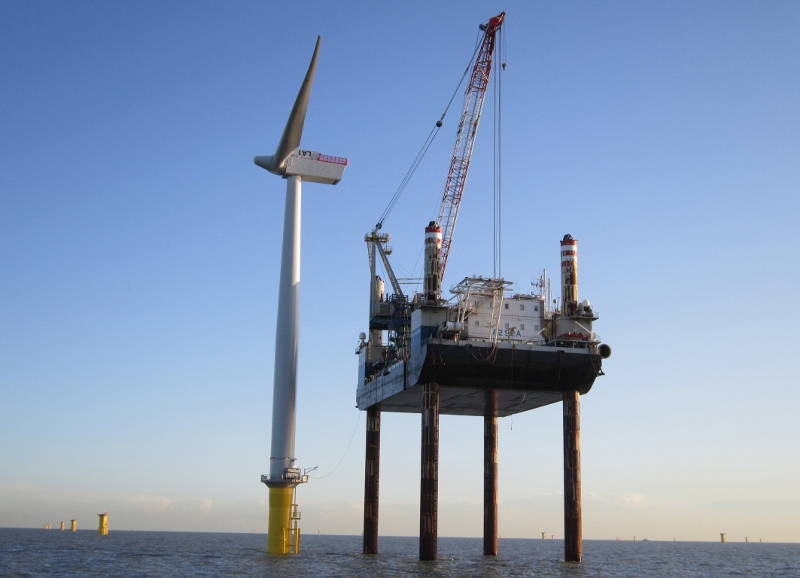Though offshore wind gets most of the ink, hydrogen fuel cell and liquefaction technologies are quietly moving up in the renewable energy pecking order.
Today, researchers are concentrating on mass production and transportation technologies they believe could help lower the now-prohibitive cost of hydrogen as a widely available fuel source. A recent International Energy Agency (IEA) analysis found that given the declining costs of renewable energy technologies and the scaling up of hydrogen (H2) production, using H2 for generating renewable electricity could fall 30% by 2030.
In the U.S., the Department of Energy’s (DOE) Office of Energy Efficiency and Renewable Energy (EERE) has long been at the forefront of initiatives aimed at reducing the costs of producing and distributing H2 fuel cells for transportation and other commercial enterprises. However, Europe is far ahead of the U.S. in developments aimed at making hydrogen a viable and accessible energy source, having already established a growing offshore wind energy industry. More recently, Siemens Gamesa Renewable Energy SA is looking at combining the two, with an ambitious plan to use hydrogen produced from offshore wind energy to begin fueling vehicles by January.
The German conglomerate was expected to conclude testing this month at a hydrogen pilot plant in western Denmark. The facility includes a three-megawatt wind turbine and an electrolyzer, which separates hydrogen atoms in water from oxygen atoms. Production is expected to begin in January with Denmark’s Everfuel Europe A/S on tap to distribute the newly created gas for taxis, buses and other vehicles traversing Copenhagen streets.
“We will be for the first time combining the two technologies,” Siemens Chief Executive Officer Andreas Nauen said in an Aug. 30 Bloomberg report. “It is not to produce hydrogen in big quantities, but to test the combination of both.”
Meanwhile, Royal Dutch Shell is among the growing number of traditional offshore oil and gas companies making inroads in renewable technologies, including hydrogen. While the super-major sees the potential for hydrogen and liquefaction and is participating in "path finding projects" for liquid hydrogen shipping, replacing its offshore oil and gas business anytime soon is another matter altogether.
“I’m incredibly excited by the opportunities that this will bring, but this will not be a business to rival deepwater in the next 10 years,” CEO Ben Beurden said in a July 30 call. “This will take some time as many of these businesses will take decades to develop.”



.JPG.small.400x400.jpg)

